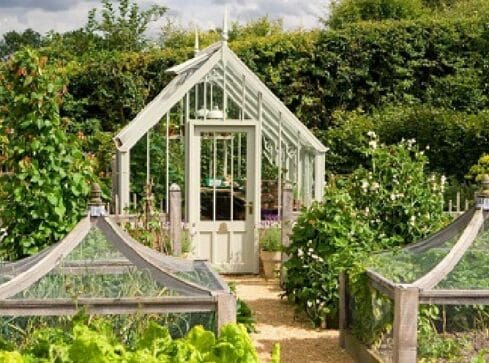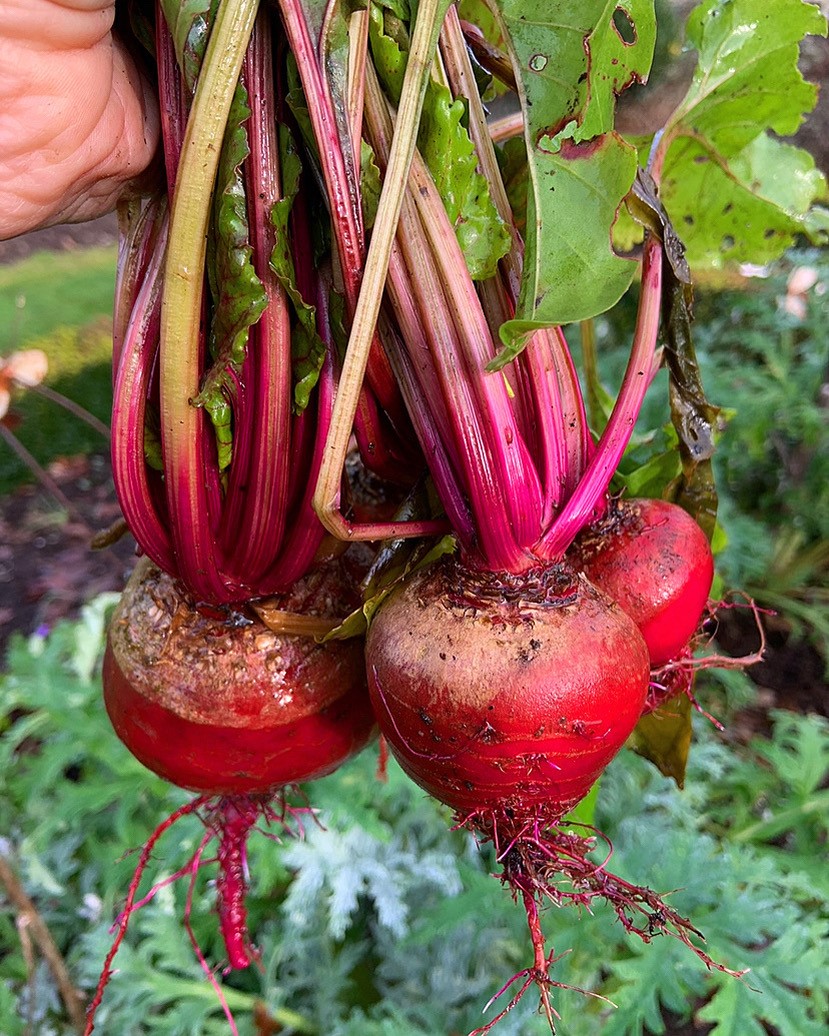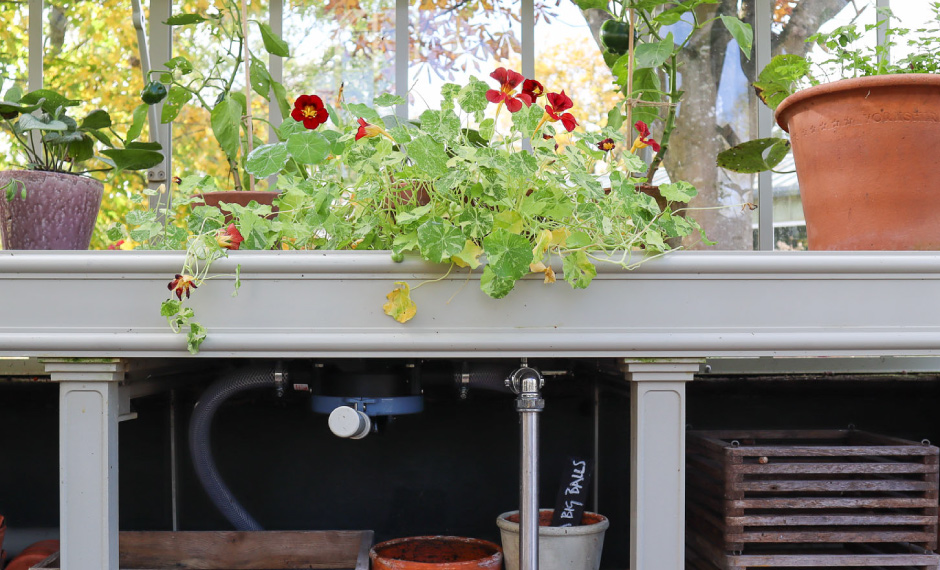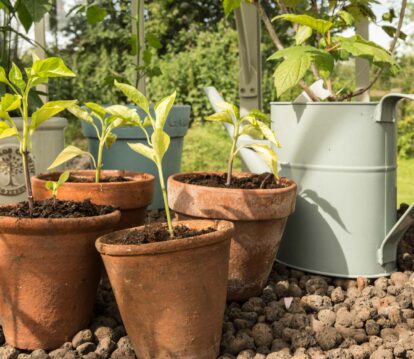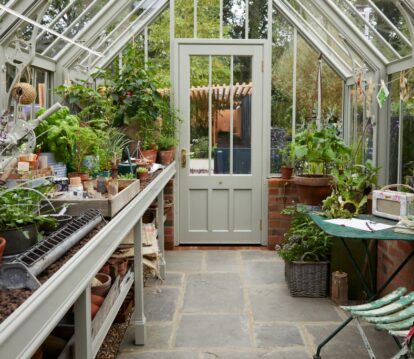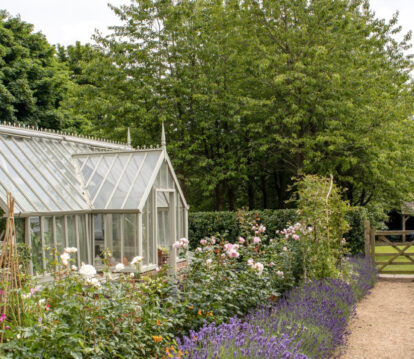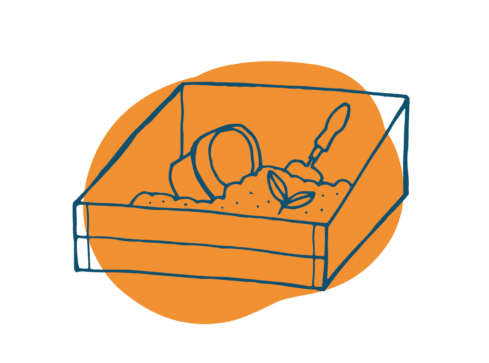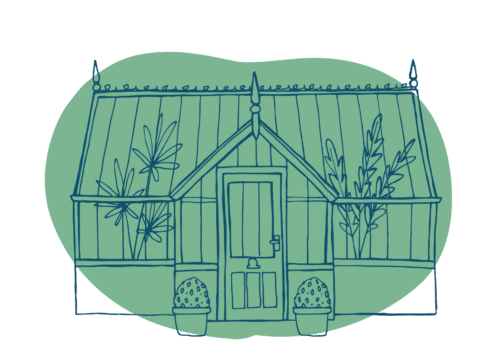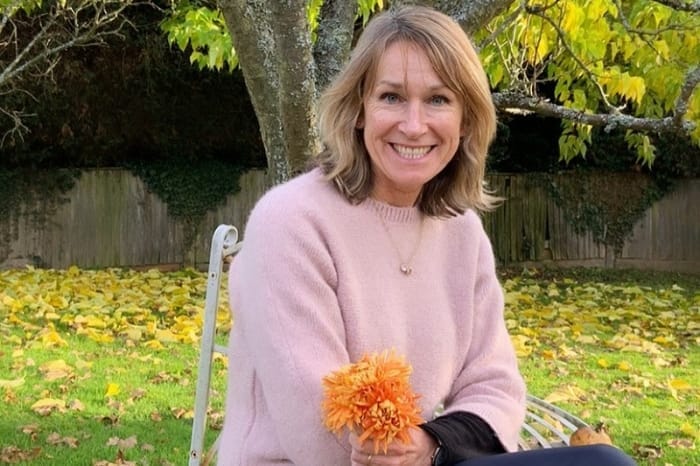
Getting Organised
February is a funny old time in the garden, traditionally known as the hungry gap – a time when the garden rests and there is very little in the way of vegetables to harvest apart from parsnips and winter greens. If you are forcing rhubarb you might have the excitement of bright pink tender stems to look forward to soon – With any luck, hard frosts have destroyed pests and diseases, the day light hours are slowly increasing and there are signs of the new season ahead with emerging bulbs.
Now is the perfect time to finish seed ordering! I find it’s always best to order early to avoid disappointment, try to organise your seeds. Keeping a box with monthly dividers makes it a lot easier to check what you have planned to sow and means you don’t miss anything. If you order too many by mistake, you can always swap or share seeds and seedlings with fellow garden friends. It’s always fun to discover a new or different variety that someone else is growing.
February and March are the months for planting bare root trees and shrubs. It is more cost effective to buy bare root stock for this, just make sure you choose a dry period to plant as those roots hate frozen or water logged ground. Try to support your local nurseries and fruit tree specialists where you can.
Inside the Greenhouse
It may be quiet outside but there is a lot to do now and in the coming months.To begin with a spring clean will put you in good stead for the season. Make sure to clean all pots and seed trays as well as the glass and framework of your greenhouse.
Vegetables 
In February to March you can start sowing a variety of vegetables such as, tomatoes, peppers, cucumbers and aubergines. These need a long growing period before they fruit so it’s important to give them a head start -they all need warmth so if you have access to a heater, put it on a low heat to keep the temperature inside your greenhouse regulated.
Sow in individual pots. Make your own home made ones from newspaper or sustainable materials. Alternatively, I love using recycled pots from the kitchen such as old yoghurt pots and plastic fruit punnets, with added drainage holes. Do not over water them and when two pairs of true leaves have formed, move each seedling to a bigger pot. By April they will be a good size to move to their final planting position either in the greenhouse or outside. Make sure to harden off any plants that are going to be grown outside for at least a week. I’m branching out this year from growing the usual red tomatoes, I have yellow, green, stripy and purple to try this year!
Other vegetables you can sow in February and March include: leeks, celeriac, salad leaves, beetroot, radishes, broad beans, peas, artichokes, onions, spring onions,garlic, herbs, swiss chard and carrots.
If you ordered seed potatoes, once they arrive remove the packaging and leave them in a light place to shoot, this is known as chitting. I use empty egg boxes to do this, positioning one potato in each cubby hole, it keeps them upright and allows air flow between, keeping them in tip top condition before planting out time. Only plant them outside when all risk of frost has gone.
Flowers
Sweet peas can be sown under cover from the autumn through to April. I sow these in card loo roll inserts as they are biodegradable and tall to accommodate the long roots which will appear. You do not need warmth for sweet peas to germinate, just natural light and as much of that as possible to prevent the seedlings from growing too tall and thin.
Most other hardy annual flowers can all be sown from February to April. You can even start sunflowers off this early but keep them safe in the greenhouse and don’t let them dry out if we have another warm spring. Pot them on to allow room for strong root growth when they are bigger, ensuring you plant them out when the risk of frost has gone.
If you stored dahlias, check them and remove any rotting or soft areas, then plant them into shallow trays or crates. At the beginning of March, when they have green shoots, pot them up but keep them in the greenhouse until it warms up outside.
For many more daily tips and greenhouse snippets follow @parkers_patch on Instagram
To learn more about sowing those vegetables, join Julia for a live workshop on cucumbers, tomatoes and potato chitting. Please register in advance.


